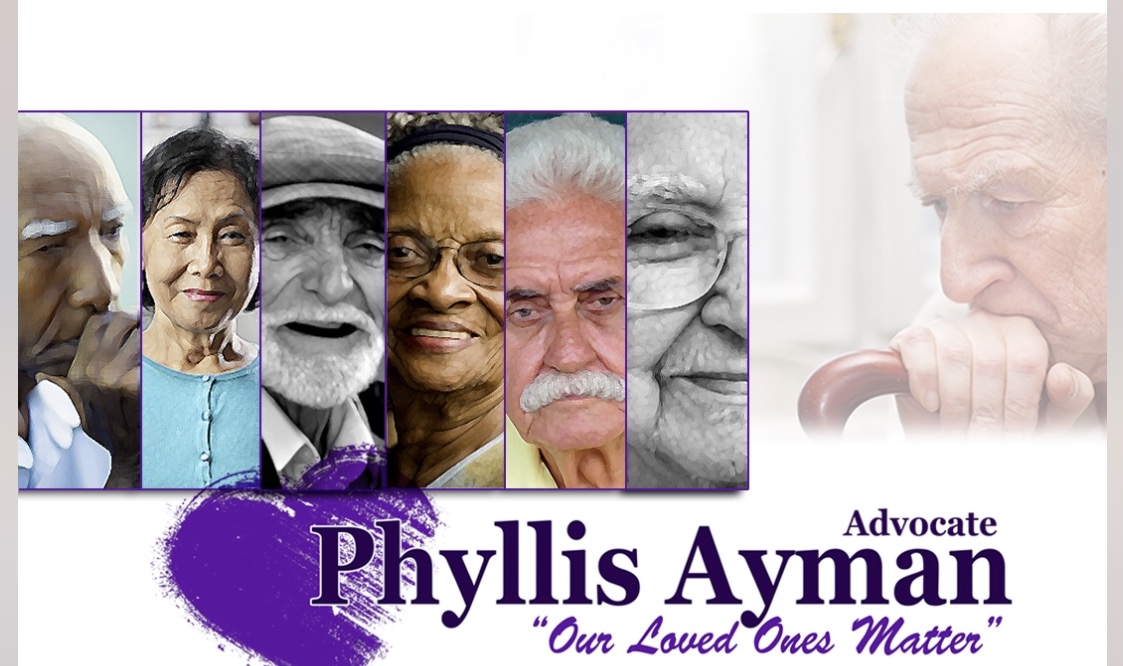Organizations and Mental Health, Wellbeing, and C-Suite Training
Join me Nov 17/22 at 1pm EST! Times have changed, and organizational leadership must deal with new...
Read Moreby VoiceAmerica | Apr 10, 2022 | Business | 0 |
Join me Nov 17/22 at 1pm EST! Times have changed, and organizational leadership must deal with new...
Read Moreby VoiceAmerica | Jan 31, 2020 | Empowerment | 0 |
A calmer mind can help you respond to stressful situations in a way that is less harmful to your...
Read Moreby VoiceAmerica | Jan 12, 2020 | Empowerment | 0 |
The Eldercare Advocate How many of us think about devising a strategy to maintain or improve our...
Read Moreby VoiceAmerica | Mar 7, 2016 | 7th Wave | 0 |
3/9/16 – Accessing The Moment How do you access the moment? Listen in to Being Here with Ariel and Shya Kane and discover how simple it can be. Listen Live this Wednesday, March 9th at 9am PST / 12pm EST on the...
Read Moreby VoiceAmerica | Feb 1, 2016 | 7th Wave | 0 |
2/3/16 – Seventy is the New Fifty! In honor of Shya Kaneâs 75th birthday, join Ariel & Shya Kane and special guest Pat Sayler (aged 73) as they discuss aging, retirement and growing more alive rather than less as...
Read Moreby VoiceAmerica | Nov 2, 2015 | 7th Wave | 0 |
11/4/15 – The Evolution of Perfection What if your life is the evolution of perfection? Join Ariel & Shya Kane in Being Here and experience the perfection of being you. Callers welcome at Tel# 1-866-472-5795! Listen...
Read More



